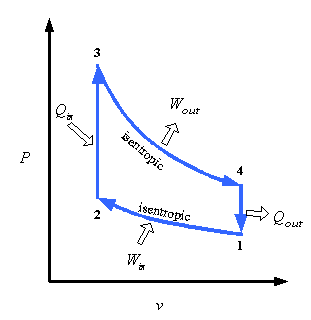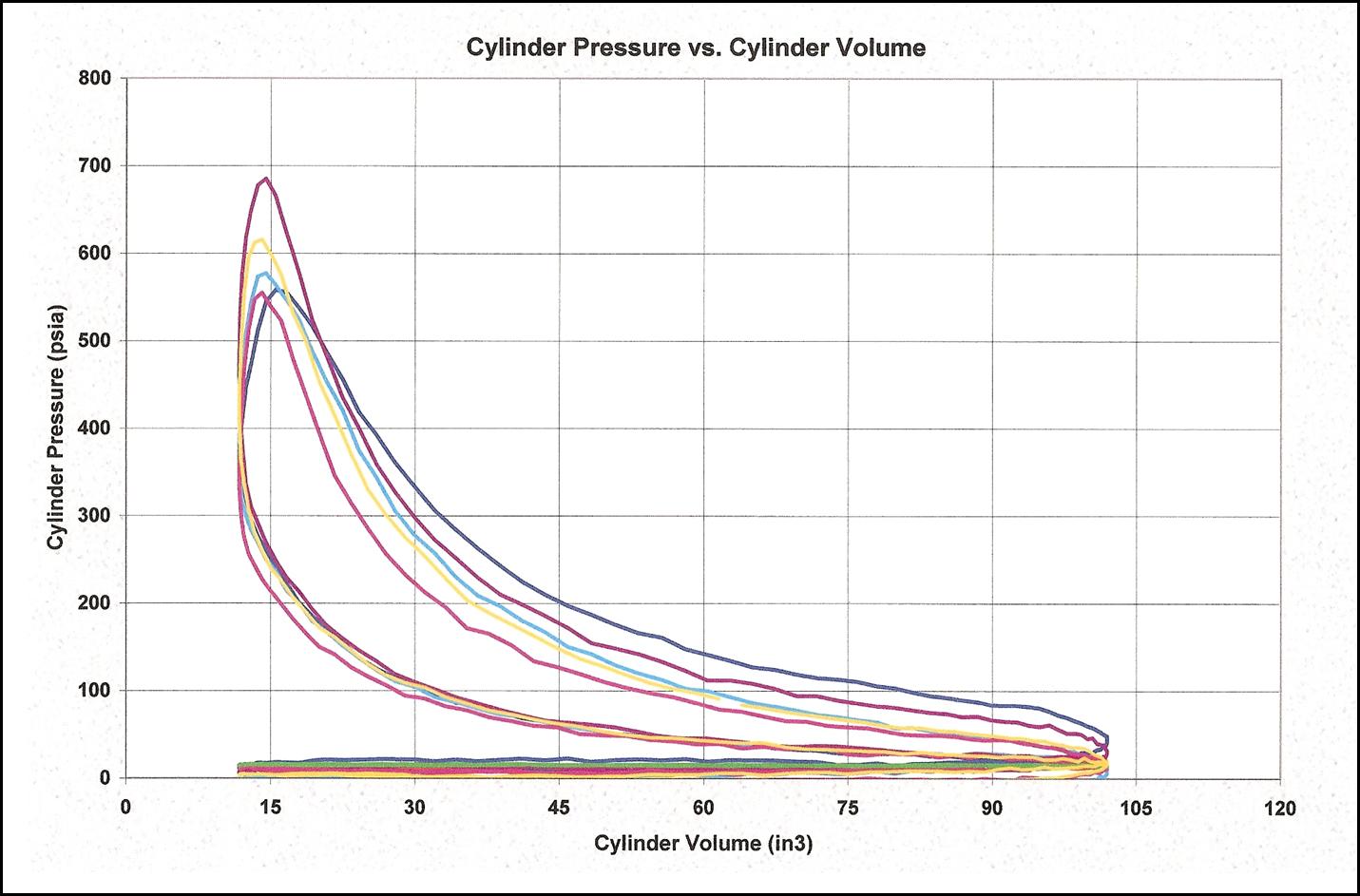i'm afraid it's way to complex and beyond our skills to build numerical models for that.shelly wrote:Proposal: let us accept a 950° C exhaust temperature at the beginning of the pipe, just for carrying on some ball park estimate.
After that, I think we have to try to set ranges for pressure and density, and then estimate how much energy is lost along the pipe, so estimate output temperature.
If we had a high enough res pic of the thermotapes attached on r31 seen from above, we could estiamte expected range of temperature in that zone outside
We can only estimate total (kinetic + thermal) energy of gases at about 270kW per pipe (at max power output of the engine).
We can investigate further how much is lost in pipe (probably not to much due to insulation), how much finds it's way under floor, how much heat gets radiated and transfered to tarmac and floor (temp delta along car's floor), how much is volume decrease from this temp delta, how much pressure decrease results from that ...
Realy way to complex either, so we can have only an idea how it works, but nothing close to real numbers. Sorry.





